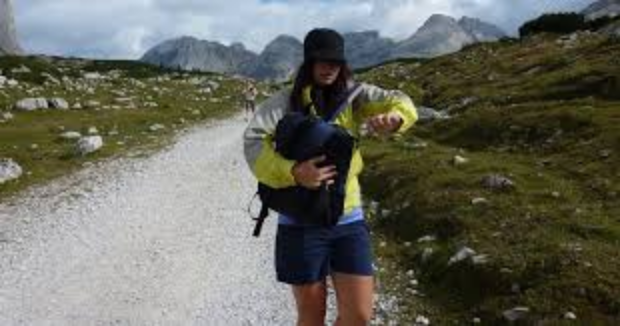
Natural Wonders Await: What to See in the Yellow Mountains
The Yellow Mountains, or Huangshan in Chinese, are a UNESCO World Heritage Site renowned for their breathtaking natural beauty. This mountain range in southern Anhui province is a haven for outdoor enthusiasts and nature lovers, offering a diverse range of geological wonders and captivating phenomena. Here's a glimpse of what awaits you on your journey through the Yellow Mountains:
The Iconic Granite Peaks
The most distinctive feature of the Yellow Mountains is undoubtedly its towering granite peaks. Millions of years of erosion have sculpted these peaks into dramatic shapes, often resembling mythical creatures or human forms.
| Peak | Elevation (meters) | Description |
|---|---|---|
| Lotus Peak | 1864 | The highest peak, resembling a blooming lotus flower |
| Bright Summit | 1840 | Offers panoramic views, especially stunning at sunrise |
| Celestial Peak | 1829 | Known for its unique rock formations and sea of clouds |
The Enchanting Sea of Clouds
Witnessing the "Sea of Clouds" is an experience unique to Huangshan. This phenomenon occurs when a layer of clouds forms below the mountain peaks, creating the illusion of an ethereal ocean with the peaks emerging like islands.
- Best time to see it: Early morning, particularly after rainfall, or during spring and autumn.
- Viewing spots: Bright Summit, Jade Screen Pavilion, Refreshing Terrace
The Ancient and Twisted Pine Trees
The Yellow Mountains are home to a unique species of pine trees known as Pinus hwangshanensis. These resilient trees cling tenaciously to the rocky cliffs, their gnarled trunks and branches shaped by centuries of harsh weather.
- Notable specimens: Ying Ke Song (Welcoming Guests Pine), Paiyun Song (Black Tiger Pine)
- Symbolism: The pines represent resilience and longevity in Chinese culture.
Hot Springs for Relaxation
After a day of hiking, reward yourself with a dip in the Huangshan Hot Springs. Situated at the foot of the Purple Cloud Peak, these natural springs are said to have therapeutic properties.
- Temperature: Around 42°C (107°F)
- Benefits: Relieves fatigue, improves circulation
A Hiker's Paradise: Planning Your Trek
While the natural beauty of the Yellow Mountains can be enjoyed by all, navigating its trails requires some planning.
According to a study from Healthline - The average person aged 20-70 can walk between 2.5 to 3 miles per hour. This means that in an 8-hour day of hiking (not including rest breaks), the average person can, in theory, cover a distance of anywhere between 16 and 24 miles.
Keep in mind that the terrain in the Yellow Mountains is often steep and challenging, so factor in rest stops and plan your route accordingly.
Here are some popular hiking routes:
- The Western Steps: A challenging but rewarding climb with stunning views.
- The Eastern Steps: A more gradual ascent suitable for different fitness levels.
- Cable Car Options: Cable cars are available for those who prefer a less strenuous ascent.
FAQs
Q1: What is the best time of year to visit the Yellow Mountains?
A1: Spring and autumn offer pleasant weather and vibrant scenery. Summer can be crowded, while winter offers a chance to see snow-capped peaks.
Q2: Are there accommodations available in the Yellow Mountains?
A2: Yes, there are hotels and guesthouses located at various points on the mountain, allowing you to stay overnight and experience the sunrise.
Q3: What should I pack for a hiking trip to the Yellow Mountains?
A3: Comfortable hiking shoes are essential. Pack layers of clothing for varying temperatures, rain gear, sunscreen, insect repellent, and plenty of water.